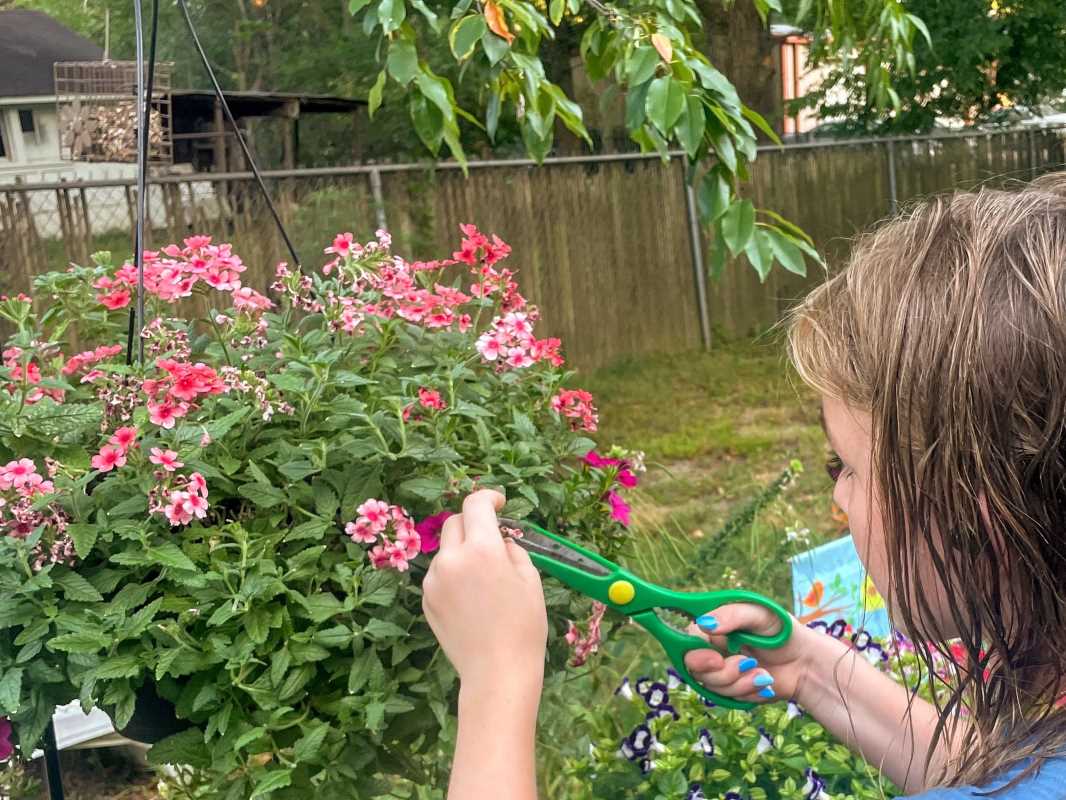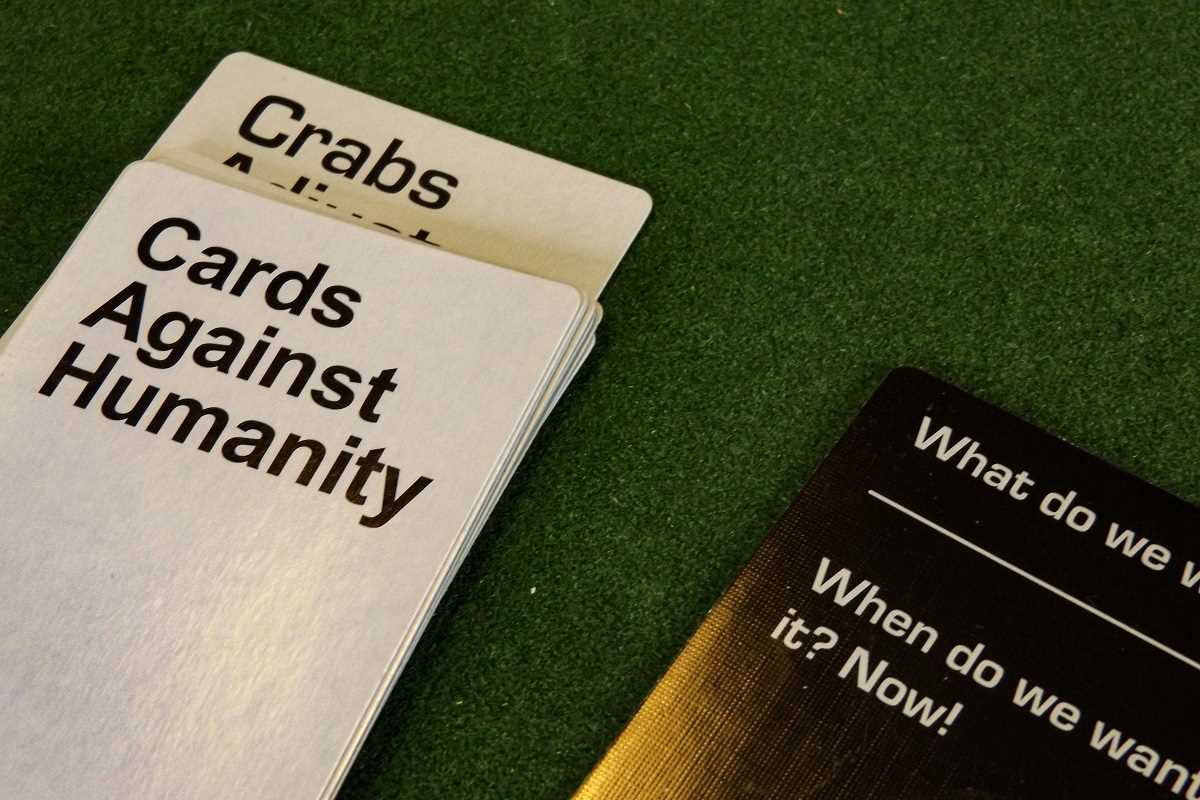Container gardening offers the perfect blend of education and entertainment for young minds eager to explore the natural world. From watching seeds sprout their first tiny leaves to harvesting homegrown snacks, this hands-on activity captures children's imagination while teaching valuable lessons about science, responsibility, and environmental stewardship. With just a few containers, some soil, and a sprinkle of creativity, you can transform any small space into an exciting garden adventure that will keep kids engaged throughout the growing season.
Choosing Kid-Friendly Containers
When gardening with children, the container selection process should be as fun as the planting itself. While traditional pots work well, thinking outside the box can spark creativity and excitement. Old rain boots, toy trucks, painted tin cans, or even outgrown sand buckets can become charming homes for plants. The key is selecting containers that are both appealing to children and practical for plant growth. Ensure all containers have drainage holes and are sized appropriately for the intended plants. Let kids participate in decorating their containers with weather-resistant paint or stickers to create a personal connection to their garden.
Plants That Capture Young Imaginations
Selecting the right plants can make or break a child's gardening experience. Fast-growing varieties provide quick gratification, while plants with interesting features keep curiosity alive. Some plants offer additional sensory experiences through texture, smell, or taste, making the garden a multi-sensory learning environment. The goal is to choose plants that maintain children's interest throughout the growing season while being hardy enough to withstand enthusiastic young gardeners.
- Fast-growing radishes for quick results
- Cherry tomatoes for snacking straight from the plant
- Sunflowers that tower over little gardeners
- Sensory herbs like mint, basil, and lemon balm
- Strawberries for sweet garden rewards
- Colorful marigolds that bloom all season
- Bean plants that climb and create green tunnels
- Rainbow chard for vibrant edible leaves
- Pea shoots for quick and tasty harvests
- Butterfly-attracting flowers for wildlife watching
Making Learning Fun and Natural
Container gardening naturally incorporates numerous educational opportunities without feeling like formal lessons. Children learn basic math through seed spacing and measuring growth, science through understanding plant needs and life cycles, and responsibility through regular care routines. Create simple charts for tracking plant growth, encourage weather monitoring, and introduce basic botany concepts through hands-on observation. The key is keeping the learning process organic and child-led rather than structured and rigid.
Creative Theme Gardens
Theme gardens add an extra layer of excitement to container gardening projects. Create a pizza garden with tomatoes, basil, and oregano, or a rainbow garden with flowers in every color. Fairy gardens complete with tiny furniture and miniature plants capture imagination, while butterfly gardens attract fascinating visitors throughout the season. These themed collections give purpose to the garden while encouraging creative thinking and planning skills.
Incorporating Art and Craft Projects
Garden-themed craft projects extend the learning and fun beyond planting and maintenance. Children can create plant markers from painted rocks, design garden journals for documenting growth, or build simple trellises from natural materials. These activities provide creative outlets while reinforcing connections to the garden. Consider keeping a box of garden-related craft supplies ready for rainy days or between planting seasons.
Managing Garden Maintenance
While enthusiasm runs high at planting time, maintaining interest in routine garden care can be challenging. Make maintenance tasks fun by creating garden-themed games, setting up friendly competitions, or incorporating music into watering routines. Break down tasks into child-sized responsibilities and celebrate successful care through simple rewards or recognition. Remember that perfect plant care matters less than fostering a love of gardening.
Harvesting and Celebrating Success
Few gardening moments match the excitement of harvest time. Whether picking flowers for bouquets or vegetables for dinner, harvesting provides tangible rewards for weeks of patient care. Plan harvest celebrations that include preparing garden-fresh snacks or craft projects using dried flowers. Document successes through photos and encourage children to share their gardening stories with friends and family.
Handling Garden Disappointments
Not every plant will thrive, and teaching children to handle gardening setbacks constructively builds resilience. Use unsuccessful plantings as opportunities to discuss problem-solving and learn about plant needs. Keep backup plants ready for quick replacements when needed, and maintain perspective about the learning value of both successes and failures in the garden.
Seasonal Adaptations
Container gardens can provide year-round learning opportunities with some creative planning. Move plants indoors during cold weather, start seeds under grow lights, or switch to cold-hardy plants for winter interest. Consider indoor projects like herb gardens or microgreens during off-seasons to maintain connection with growing things throughout the year.
Building Community Connections
Container gardening can extend beyond individual projects to build community connections. Organize plant swaps with other families, share surplus harvests with neighbors, or participate in community gardening events. These activities help children understand the broader impact of gardening while building social connections around shared interests.
Documenting the Journey
Encourage children to document their gardening adventures through photos, drawings, or simple journals. These records become treasured memories while developing observation and recording skills. Create digital photo albums, press flowers, or maintain growth charts to track progress throughout the season. These documents often inspire future gardening projects while building confidence in growing abilities.
Environmental Awareness Through Gardening
Container gardening naturally introduces concepts of environmental stewardship and sustainability. Children learn about water conservation, beneficial insects, and the importance of healthy soil through hands-on experience. Use these natural learning opportunities to discuss broader environmental topics in age-appropriate ways.
Safety First in the Garden
While container gardening is generally safe, establishing basic safety guidelines ensures positive experiences. Teach proper tool handling, emphasize hand washing after gardening, and ensure all plants are non-toxic. Supervise water usage and provide appropriate sun protection during outdoor gardening sessions. Create a safety-conscious environment without dampening enthusiasm for exploration.
Growing Beyond the Container
As children's interest in gardening grows, container projects often lead to expanded growing adventures. Be ready to support this growth through additional containers, small raised beds, or participation in community gardens. The skills and confidence gained through container gardening provide a strong foundation for lifelong gardening enthusiasm.






 (1).jpg)
